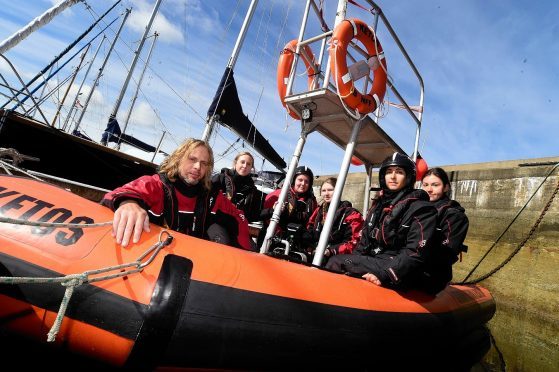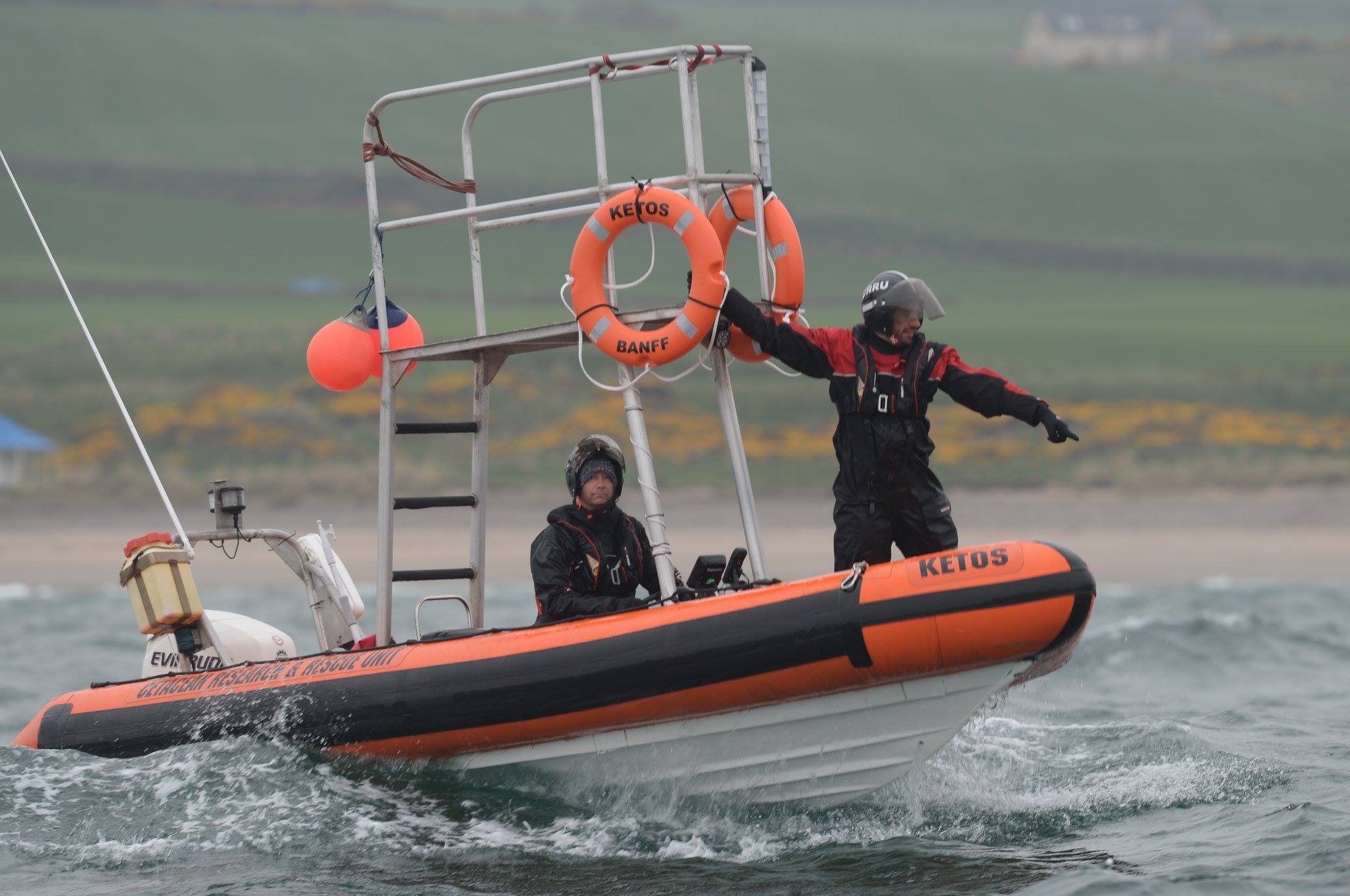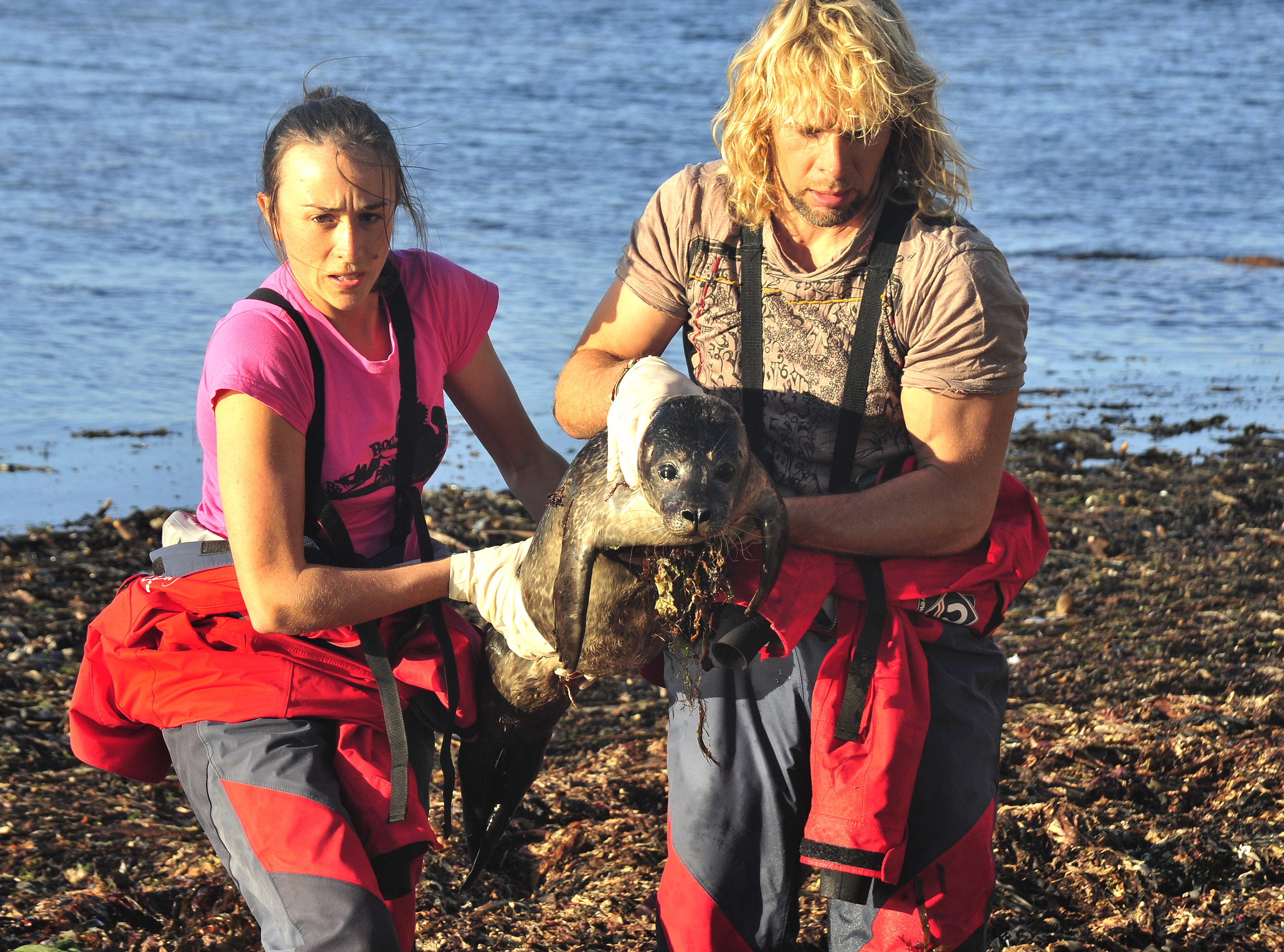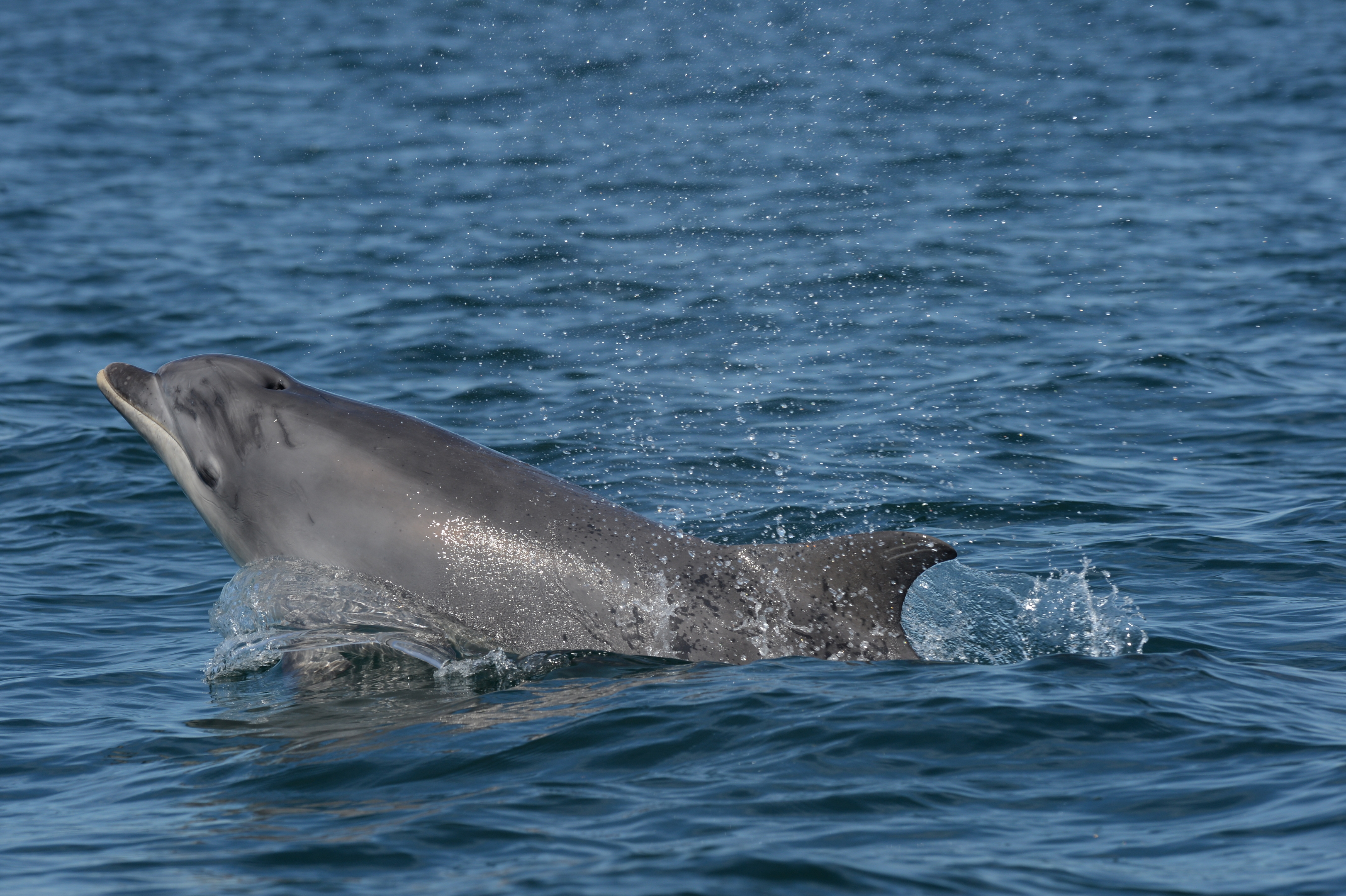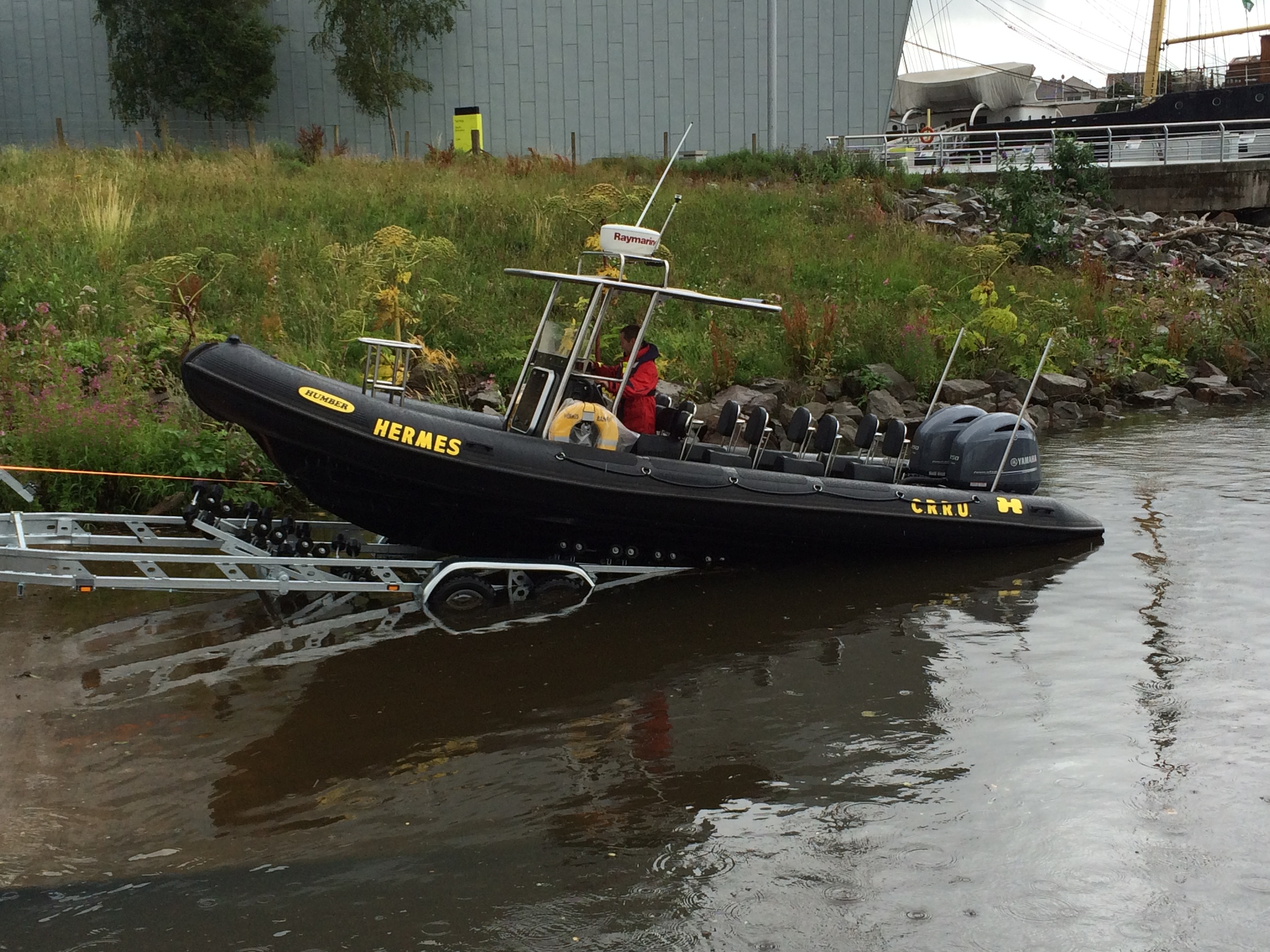For nearly 20 years, they have striven tirelessly to rescue whales, dolphins and other sea creatures found stranded on Scotland’s shores.
But now, the efforts of the north-east’s Cetacean Research and Rescue Unit could be dealt a major blow.
The group, based near Gardenstown, has issued a plea for funding to secure a much-needed new boat to continue their life-saving work.
The CRRU’s current vessels – Ketos and Orca II – are on their “last legs” after 15 years of tireless graft in the Moray Firth and the North Sea, and have become “too small” for the work required.
The organisation is searching for another £12,000 in order to purchase a brand new boat that would tick all its boxes, currently under construction on the River Clyde.
Director of the CRRU, Kevin Robinson, said the new vessel would allow the unit to “expand” its work, but fears the current boats may become unsafe for his team, which consists mainly of volunteers.
The charity is committed to the welfare, conservation and protection of whales, dolphins and porpoises, with its scientific research work focused mainly on the animals of the Moray Firth where it is based.
It has had a string of papers published, and has carried out research on conservation issues and the populations of minke whales and bottle-nosed dolphins in the north-east.
However, the group is also on call on a 24-7 basis to respond to marine wildlife rescues all across Scotland’s waters and shores.
A total of £62,000 has so far been raised for the new vessel, but it cannot be released by the builders until the group have raised the remaining £12,000.
In the past few months, donations have stagnated, and the CRRU is now hoping to get the wider public and local businesses on board.
Mr Robinson said: “Nothing has come through for about six weeks. The boat is all ready, all tested, but we are just not getting there now. We can’t beg to family and friends any more.
“The boats are a bit dilapidated. They are well used and also pretty small. We have got more and more equipment over the years and they very much lack in space.
“It is very costly just to keep the things going. One of them needs a new gearbox. It is a bit risky when you are taking people out into the North Sea. You need good, working equipment.
“We are primarily working on bottle-nosed dolphins and minke whales, along with other whale species.
“We have carried out long-term monitoring studies for 20 years and had a lot of scientific papers in journals – all in relation to conservation.
“We are learning more about these animals allows us to better protect them in this area.
“We have more equipment and are travelling further from the Aberdeenshire, particularly with the work we are doing at the moment.
“A big boat gives us a safer working platform and also provides us with a robust vessel for wider rescue work.”
What will the boat do?
The new vessel would allow the CRRU to “enhance” its emergency response across the north-east coast and further afield.
Following the unit’s creation in 1997, it has set up a huge network of more than 1,000 people across the country who are trained to respond to coastal emergencies.
These trainees stand guard while the team assembles its equipment as part of its life-saving endeavours, described as a “coastguard response for sea animals”.
Mr Robinson said: “In terms of live strandings, we are available 24-7 to respond to any call-outs. We have over 1,200 people across the coast in Scotland that we have trained over the years.
“We have a network of people that will respond to a call-out. Then we have the back-up here and the equipment to attend to the strandings.”
He added that boat would “enhance that response time and access to animals that are difficult to reach”.
Research is mainly carried out between May and October with a team of summer research and training placements.
Mr Robinson explained: “We have been operating now for 20 years. For a small charity with quite a low budget we have achieved a lot.
“We still have no salaried staff, it is still mainly all volunteers. We fund our programme mainly through volunteers coming in the summer. It has proved a sustainable model.”
The campaign was kick-started six months ago and was immediately a huge success, with large donations form the likes of the Born Free, Lush Cosmetics and Oak foundations.
